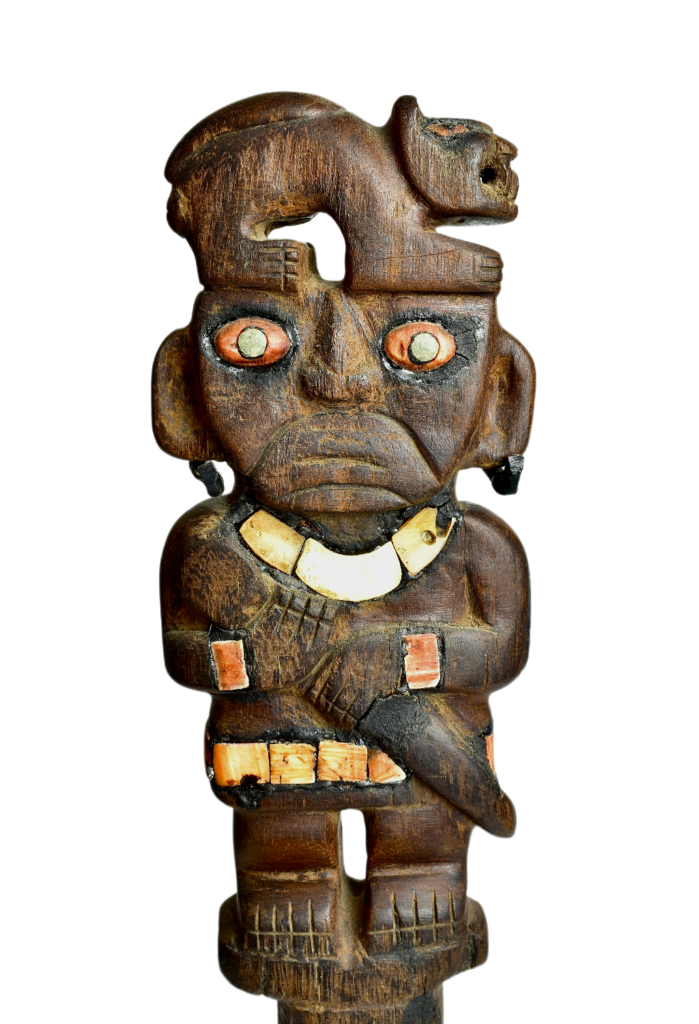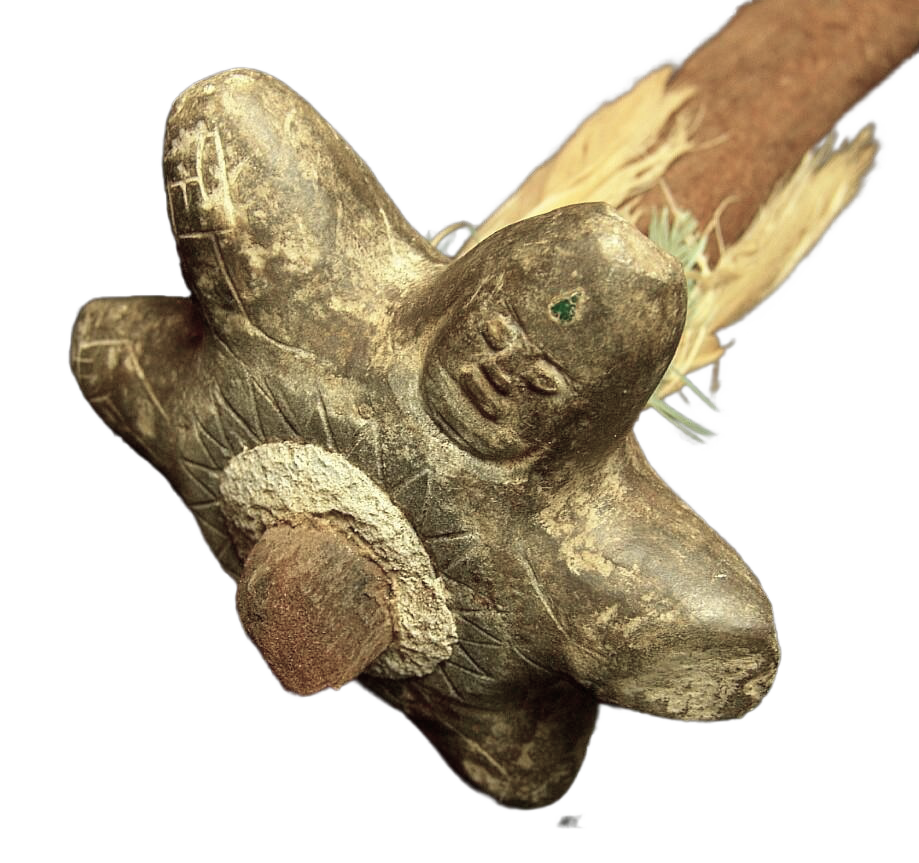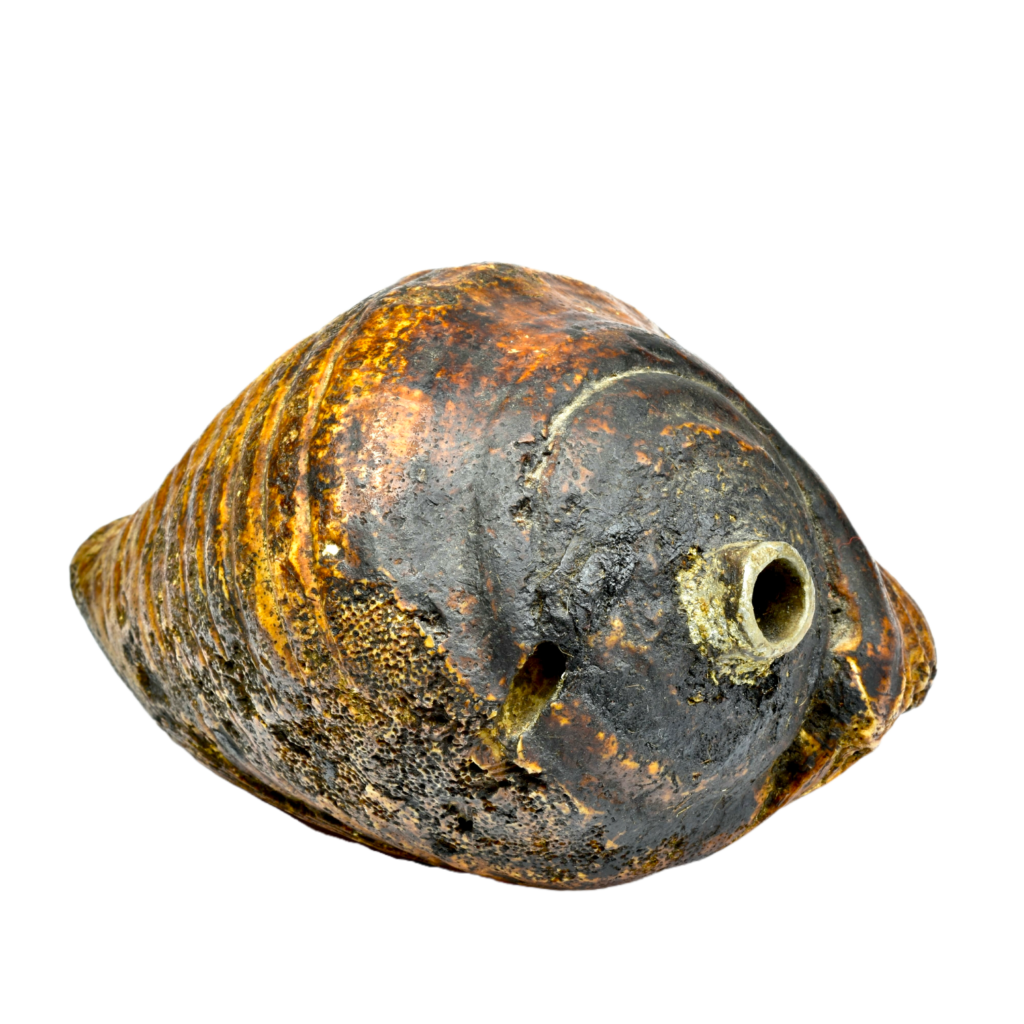Pre-Columbian Adhesives: Origins and Materials
Pre-Columbian civilizations across the Americas developed various adhesives used in everyday applications and ceremonial contexts. These adhesives were crafted from natural materials, such as plant resins, tree gums, and animal-based glues, with their use spanning numerous cultural groups, including the Maya, Aztec, Inca, and Moche. By understanding the properties of their surrounding environment, these cultures could create adhesives suitable for tool-making, repairing objects, crafting jewelry, and producing artwork.
This article will focus on the adhesives used by these ancient cultures, how they were made, and the specific applications seen in archaeological findings.
Materials Used in Pre-Columbian Adhesives
Pre-Columbian adhesives were primarily sourced from plant resins, tree gums, and animal derivatives. Each civilization developed unique techniques to harvest and process these natural materials to suit their environmental and cultural needs.
- Plant Resins and Tree Gums
Plant resin was one of pre-Columbian cultures’ most widely used adhesive materials. Resins such as copal, commonly used by the Maya and other Mesoamerican civilizations, were derived from trees in the Burseraceae family. The Maya used copal resin for both ritual and practical purposes. It was often burned as incense in religious ceremonies, but in a solid form, it was an adhesive for binding materials such as stone and wood.
The Aztecs also exploited natural resins, particularly pine resin. Pine resin was commonly mixed with natural powders like ash or powdered stone to enhance its adhesive properties. This combination was often applied to tools, pottery repairs, or affixing feathers and stones to wooden or clay artifacts.
- Animal-Based Adhesives
In some pre-Columbian cultures, animal-based adhesives were also used, although these were less documented than plant resins. These adhesives were typically made by boiling animal hides, bones, or tendons to produce gelatinous substances that, when cooled, formed a strong bond. Andean civilizations, such as the Inca, likely employed these adhesives, though less direct evidence survives than their Mesoamerican counterparts.
For example, animal-based glues may have been used in textile production to attach decorative elements such as feathers to ceremonial garments or headpieces. However, animal-based adhesives’ exact prevalence and variety are not as well-documented as resin-based adhesives.
Methods of Production and Application
The production of adhesives in the pre-Columbian Americas required an understanding of local materials and their properties. Though methods varied between cultures, specific techniques were standard across regions.
- Resin Extraction and Processing
Plant resins like copal were often harvested by cutting into the bark of resin-producing trees. The resin would ooze out and harden upon exposure to air, after which it could be collected and stored. When needed, the hardened resin was heated over a fire or other heat source until it became a thick liquid. Once liquefied, it could be applied to objects as an adhesive.
For specific applications, additives like powdered stone or pigments were mixed into the resin to adjust its texture or increase its durability. For example, this practice was common in affixing decorative stones to jewelry or securing blade heads to wooden shafts for tools and weapons.
- Application Techniques
Adhesives were applied directly to the surfaces that needed bonding, often in thin layers. When used to repair pottery, artisans would apply the glue to the broken edges and carefully press the pieces together, holding them in place until the resin hardened. In some cases, additional adhesive was applied over the joints to reinforce the bond.
For weaponry and tools, adhesives were often used with other fastening techniques. For example, in Mesoamerican cultures, resin might have been used to help secure stone blades to wooden handles, followed by wrapping the joint with plant fibers for additional strength.
Cultural Examples of Adhesive Use
Several archaeological findings highlight the importance of adhesives in pre-Columbian material culture. Below are examples of how various civilizations across the Americas used adhesives.
- Maya Copal Resin
The Maya extensively used copal resin for ceremonial incense and as an adhesive for repairing ceramics and affixing small decorative stones or shells to larger objects. For instance, archaeologists have found examples of jade and shell inlays on wooden objects in Maya tombs held in place by hardened copal resin.
- Aztec Featherwork
Featherwork, a vital art form in Aztec and Maya civilizations, required adhesives to attach vibrant bird feathers to textiles, shields, and headdresses. In Aztec society, feather artisans, known as amantecas, used a combination of plant-based resins, such as pine resin, to bind the feathers in place. The featherwork pieces served decorative and religious purposes, demonstrating the adhesive’s role in crafting items of cultural significance.
- Inca Wood and Stone Artifacts
In the Andean regions, particularly within the Inca Empire, adhesives were employed in various woodworking and stone-carving techniques. For example, adhesives were used to fasten metal or stone inlays into wooden objects, such as ceremonial staffs or chicha cups. Additionally, using resin-based adhesives for pottery repair has been suggested by analyzing broken and mended artifacts found in Inca archaeological sites.
- Moche Metalworking
The Moche civilization of northern Peru is known for its advanced metallurgy and intricate artwork. Moche artisans likely used plant-based adhesives in their fine metalworking to affix precious stones or inlays into metal pieces. Some surviving Moche metal objects, such as ornamental plaques and jewelry, show evidence of adhered stone inlays using organic adhesives.
Conclusion
Pre-Columbian adhesives played a crucial role in the daily and ceremonial lives of the Maya, Aztecs, Inca, and other ancient civilizations. By utilizing plant resins like copal and pine and possibly animal-derived glues, these cultures produced durable and versatile adhesives for repairing ceramics, crafting tools, and creating intricate works of art. The widespread use of these adhesives, as demonstrated by surviving artifacts, provides insight into the technological sophistication of these pre-Columbian societies. Their understanding of natural resources allowed them to create functional and integral materials for their cultural and artistic practices, ensuring that these innovations would endure through the ages.
How to Determine Cotton Fabric from Camelid Fibers Accurately?
Research Academic Papers and News Articles




